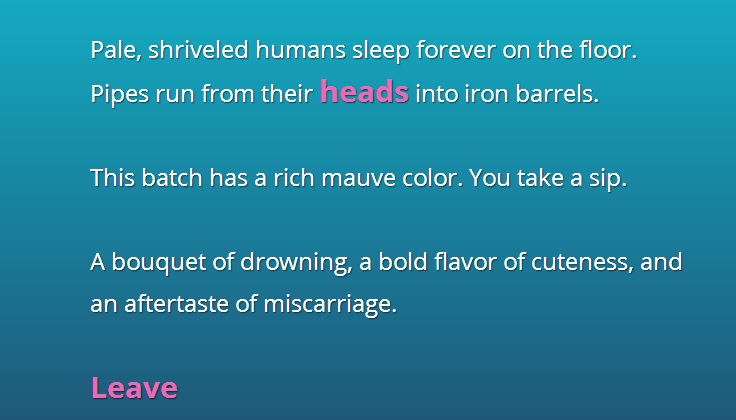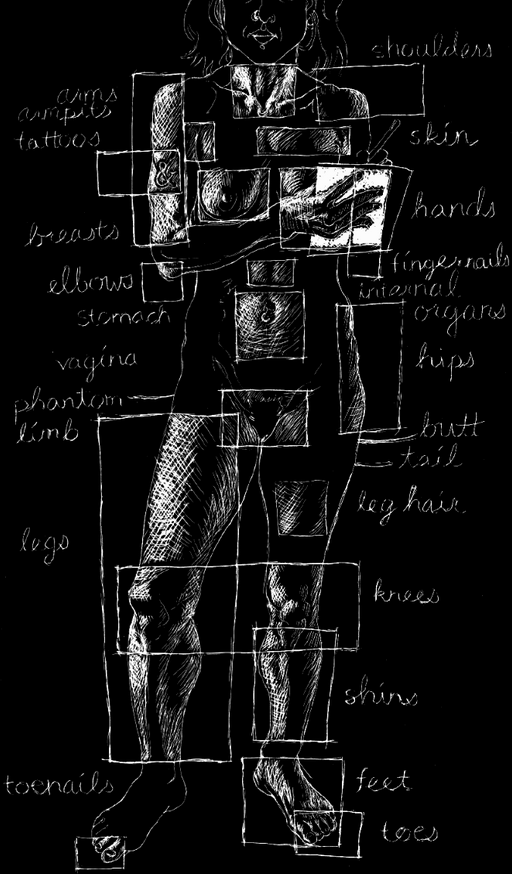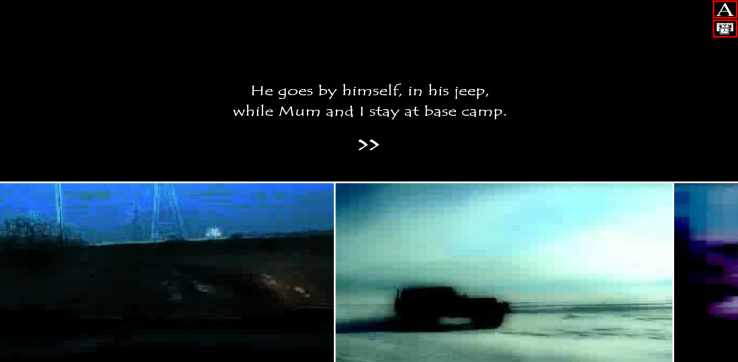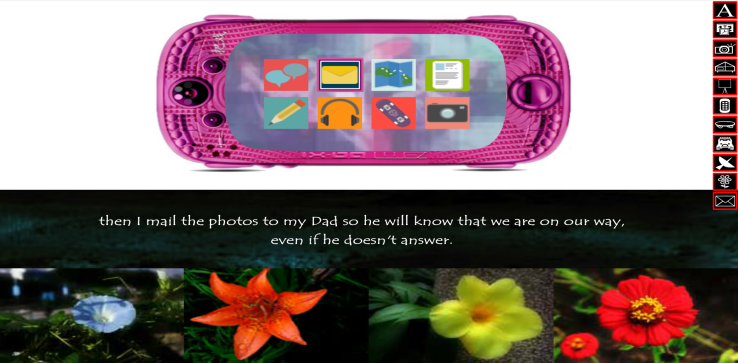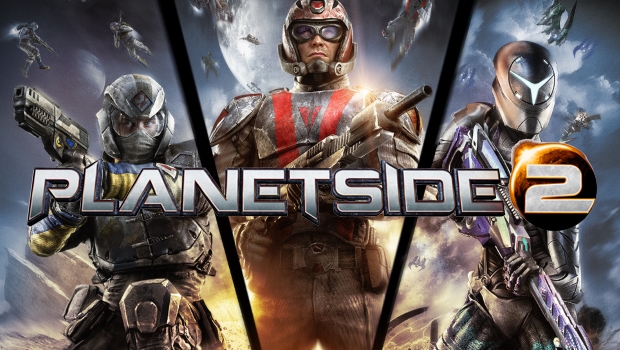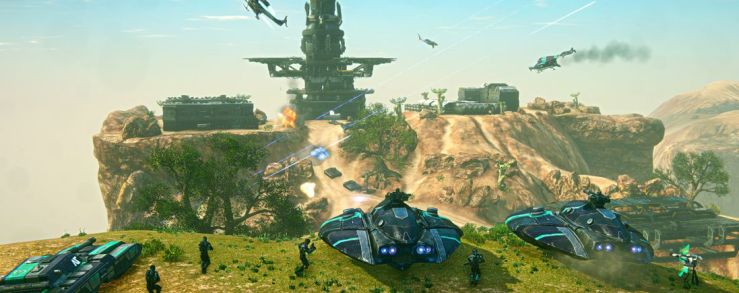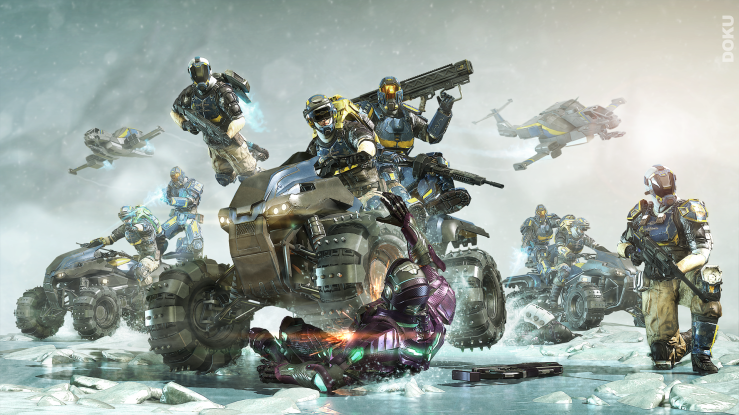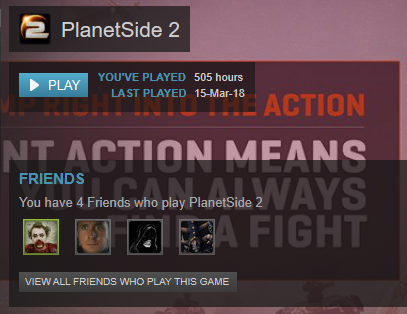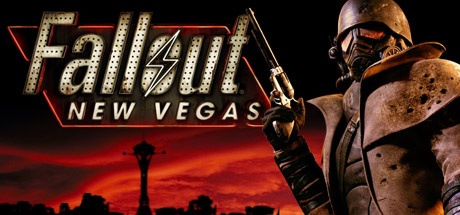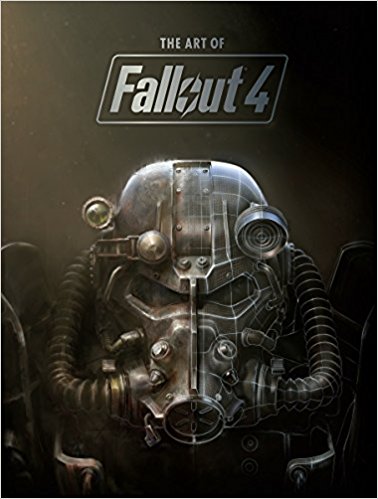The shift from digital art to video games gives me the perfect opportunity to write about a game that I have become a huge fan of—and a video game category that I normally would not say that I am a fan of—the survial game, the Long Dark.

The Long Dark was released into its beta stage the 22nd of September in 2014—I didn’t hear about it until at least 2016. The game is created by Hinterland Studios and is a ‘survival game’. I’ve poured about 300 hours into this game and loved every second of it. The premise is pretty straight forward; you’re the only surviving passenger from the emergency crash-landing of an airplane travelling across the wilderness of northern Canada. The game throws you into a highly hostile territory that would like nothing else than to see you perish. The game is highly focused on surviving, this is key as basically every mechanic of the game is either out to kill you or help you postpone that promise of eventual annihilation that waits around every corner.
Right of the bat you need to get your priorities straight and adept to your surroundings. First thing’s first; you’re injured from the plane crash, and as such you need to find some bandage, painkillers, and antiseptic to clean and dress your wounds. If you can’t find these things in your surrounding area you can always look for natural remedies provided from nature, such as ‘usnea’ aka ‘old man’s beard’, or ‘rose hip’, or ‘reishi mushroom’—these all function as medicine harvested from nature.
You’re clothes are torn and ragged from the plane crash making your susceptible to the cold and the cutting wind of the harsh and barren land. You’re afforded a few options here, scour the land for clothes left behind by others, tear up already destroyed clothes and repurpose the scraps of the cloth that this yields you, or create new articles of clothes from the pelt and fur or animals.
You’re both famished and parched—you need to find food and water to sate your hunger and appease your thirst. The issue of thirst might seem benign at first—you’re constantly surrounded by heavy snow—but there’s the issue of successfully lighting a fire to melt the snow to make it drinkable. You might also think that the material required to start a fire is readily available to you. They’re not. There’s the issue of finding small sticks to serve as your tinder, and either logs of wood or broken wooden furtiture to serve as the body for the fire. Additionally, you will either need the limited number of matches to light a fire—and those are usually hard to come by—or you can be exceedingly lucky and find a magnifying glass, but lo-and-behold, you need calm weather and clear sky for that one to work (and it only works in the outdoors).
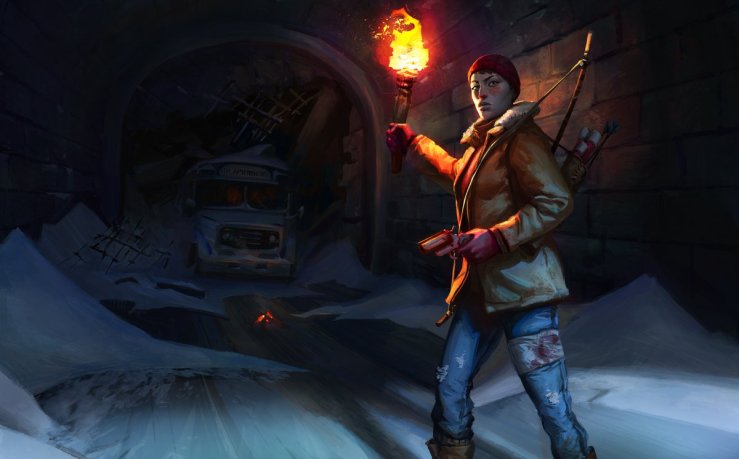
And then there’s the whole food poisoning part of the game. You might search far and wide to only find a single can of dog food stocked away in an abandoned cabin—only to realize once you open it that it’s past its expiration date. Way past it. But who can afford to be picky in the final days of armageddon? There are some other options available to you however. The game provides you with a few options for hunting the wildlife of Canada, there’s plenty of both rabbits, and deer to eat—both neither one is just going to keel over and present themselves to you, you need to hunt them on top of everything else going on. Rabbits can be lured into simplistic spring traps laid down by you once you’ve gone through the lengthy process of crafting them, or you can hunt them with either stones (used to stun them for long enough for you to grab ahold of them), bow and arrow, or rifle and bullets—the two latter options requiring either immense patience to search for and finally find, and the other one immense patience to craft from scratch. (Also, there’s somewhat of a learning curve to be able to handle the various devices at your disposal.)
I’ve talked about some of the wildlife present in the game, but did I forget to mention the carnivorous wildlife that’s out to get you? Both wolves and bears would love to dine on you if presented the chance. Wolves usually go in packs while the bears enjoy their solitude, the harder the difficulty you choose to play on the farther away both agents will detect your smell and start to chase you—you’ve got some ways of combating these predators however. I just mentioned both the bow and arrow, and the rifle and bullets a paragraph ago, but you can choose other ways of proceeding. The pacifist approach would be to just turn around and walk the other way should you either spot or suspect the presence of any animals. Tips to alert you would be either the howls of wolves, the remains of a fresh deer carcass (usually surrounded by crows circling overhead), the heavy breathing of bears, or fresh tracks in the snow made from either party. Sometimes you can successfully scare off either one, the wolves can be scared by the lighting of torches, flares, or rocks thrown by the player—while the bear will usually only run if it’s shot by the signal gun.

Up until now I’ve mostly talked about the survival aspect of the Long Dark, but I would like to touch on a part of this game that I previously have never truly been able to appreciate in any other games before it—the soothing atmosphere. The Long Dark is filled with the ambient sounds that one would expect from today’s games, but there is something about the atmosphere and aura present in this game which strikes me as unique. Apart from the truly terrifying moments of panic when presented with the potential permanent death (which is the only death presented in the game) by either wolf, bear, disease, starvation, or hypothermia—the game offers numerous genuine moments of contemplation and reflection. Once you’re out of the immediate dangers of either one of the aforementioned perils you’re presented with the question of ‘what now?’ Do I look for new food sources, do I take some time out of my schedule to fortify my temporary home (or headquarter), do I put in the time and energy to craft additional tools, do I look for medicine in case of future mistakes or blunders, or do I leave the comfort of my home and head out to seek my fortune in a differ part of the land? With the worry of perma-death hanging over your head at all times, the time and energy that you put into your every action becomes that much more serious and consequential. Leaving your home could result in you being ambushed by a bear, while staying in one spot will eventually drain all of the resources in the immediate area—either chose comes with its potential rewards and consequences.
The game masterfully pulls out the survival instincts you didn’t necessarily know you had in you and makes you feel like you’re truly fighting to survive with every day that goes by. Every day you’re presented with the toll of being alive and what it means to provide enough resources for your body to function and develop.
The Long Dark, to me, is a game of self-realization—regardless of how cheesy that might sound. It successfully rekindled a long forgotten sense of survival instinct within me—and I can only hope that there are other people out there who experienced that same sensation that I did while playing the Long Dark.

